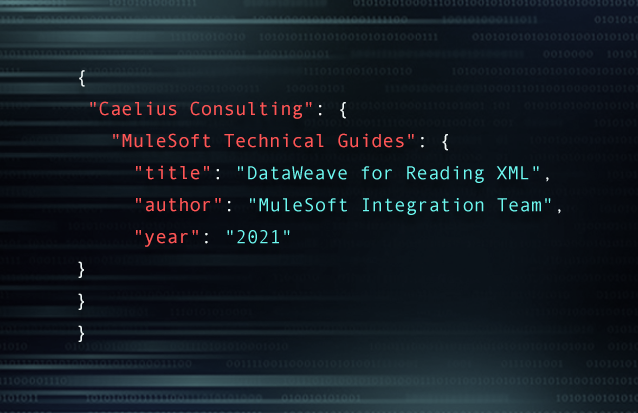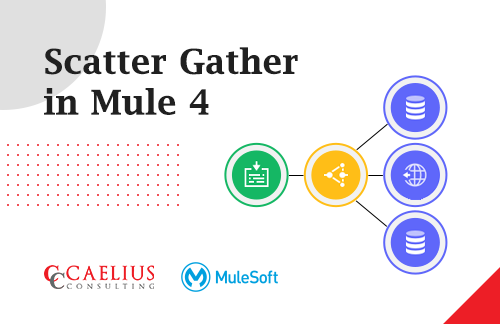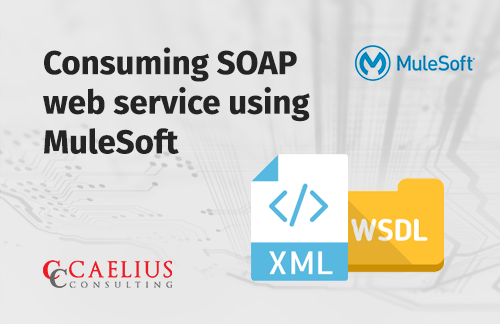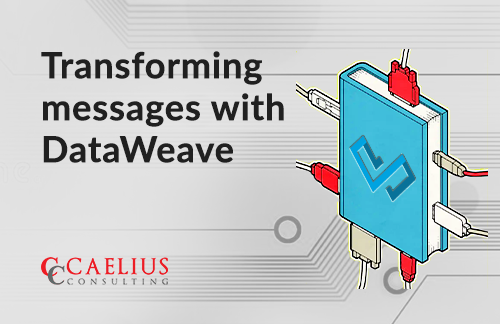The XML data structure is mapped to DataWeave objects containing other objects, strings, or null values. All Mule applications have an XML file that specifies the resources that compose the application. Schemas define the configurable attributes of these resources that are referenced in the XML configuration file. This is how a Mule application both validates… Continue reading DataWeave for reading XML
Author: MuleSoft Integration Team
Scatter Gather in Mule 4
Scatter Gather Pattern helps MuleSoft developers distribute different tasks to achieve parallel processing of tasks/messages/events & then finally aggregate the responses as a single response. The Scatter-Gather component receives a Mule event and sends a reference of this Mule event to each processing route. Each of the processing routes starts executing in parallel then returns… Continue reading Scatter Gather in Mule 4
Consuming SOAP web service using MuleSoft
This tutorial introduces you to Web Service and creating a high-security consumption of Web Service using SOAP in MuleSoft Anypoint Studio. What are Web Services? Services available over the web are called Web Services. Web Services enable communication over the web. Provides a standard format/protocol for communication. It is a platform-independent communication. Using Web Services,… Continue reading Consuming SOAP web service using MuleSoft
Transforming messages with DataWeave
DataWeave is an expression language designed by MuleSoft. The language helps in transforming the incoming payload to various payloads as per the requirements. Most developers write transformation script in the transform message or set payload components. The language is tightly integrated with the Mule runtime engine and is a must-learn for every MuleSoft developer. A few examples… Continue reading Transforming messages with DataWeave



